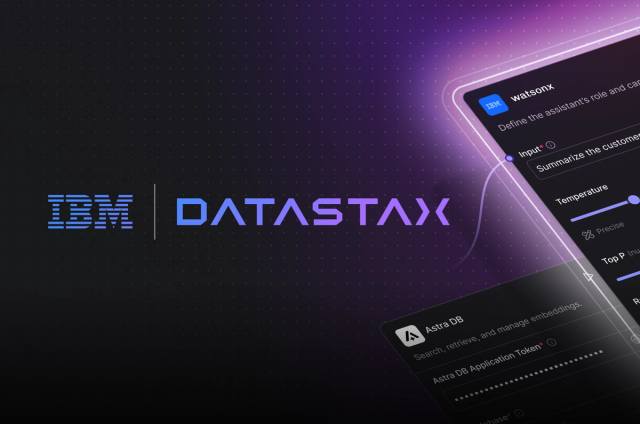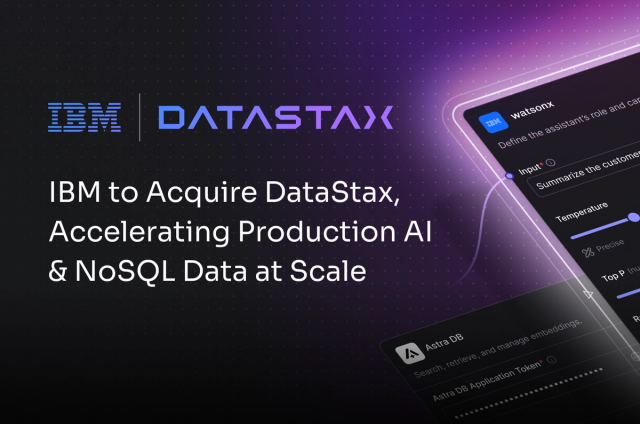We are pleased to announce the latest version of our Java driver, released in time for Cassandra 2.1.
This release brings support for Cassandra 2.1, while remaining compatible with 1.2 and 2.0. It also introduces a new object mapping API, which simplifies the conversion of query results to custom Java classes. Finally, it includes several improvements (for a full list, refer to the changelog).
Without further ado, let's see these new features in action:
User Defined Types and tuples
As previously described on this blog, Cassandra 2.1 introduces User Defined Types, which are named groups of related properties:
|
1 2 3 4 5 6 7 8 9 10 |
|
From the driver's perspective, UDT values can be retrieved like any other type. They are implemented as a map-like object, with the usual getters and setters:
|
1 2 3 4 5 |
|
You can also get hold of the data type representing a particular UDT; it is useful when you want to create new values:
|
1 2 3 4 5 6 7 8 9 10 11 12 |
|
One thing that immediately comes to mind is that we'd rather use our own Address class in our code. This is exactly what the object mapper is here for, as we'll find out shortly.
Also new in Cassandra 2.1, tuples are essentially anonymous UDTs: collections of unnamed fields with predefined types.
|
1 2 3 4 5 |
|
Querying works mostly like UDTs, except that fields can only be accessed by index:
|
1 2 3 4 |
|
New tuple values can be created directly based on the types of the field:
|
1 2 |
|
Simple object mapper
Most Java applications use custom Java classes to represent their data (for example UserProfile and Address in our first example). Converting back and forth between those classes and the driver's own types (Row and TupleValue) involves some boilerplate code and can be automated.
The goal of the object mapper is to generate most of that boilerplate for you. To specify the target tables and UDTs in Cassandra, decorate your Java classes with annotations:
|
1 2 3 4 5 6 7 8 9 10 11 12 13 14 15 16 17 |
|
You can then retrieve a mapper that handles basic CRUD operations (which come in both synchronous and asynchronous flavors):
|
1 2 3 4 5 6 |
|
For more complex queries, the mapper can also generate an "accessor" object from an interface annotated with the queries to perform:
|
1 2 3 4 5 6 7 8 9 10 11 12 13 |
|
The object mapper is deliberately simple: its primary goal is to replace boilerplate code, not to hide Cassandra from the developer. Therefore it avoids complex features like lazy-loading or entity proxies.
Upgrading to 2.1
This new version of the driver is available from the Maven repositories (note that the object mapper is published as a separate artifact), and as a packaged binary. Refer to the upgrade guide if you are upgrading from a previous version.
While we strive to preserve backwards-compatibility, version 2.1 introduces a few internal API changes that will be transparent to most users, and two user API changes (all documented here).
Thank you for using and supporting Apache Cassandra and DataStax.










